Content
Interview with Onport About Farfetch Acquisition, Future Plans, and Upcoming E-commerce Challenges

Time to read: 20 minutes
Digitalization is a sizable opportunity for expanding e-commerce businesses, but it comes with risks and challenges. The current era is one of headless technology and an API-first approach that significantly prevails over all-in-one-piece applications, serving as a critical solution to the majority of challenges enterprises face in the e-commerce arena.
More context on the topic: BigCommerce headless: Empowering your ecommerce journey
Staying on top of the latest developments in the luxury industry, Dinarys continues to investigate new approaches to sustain the operations of large-scale businesses that follow marketplace and dropshipping models.
In 2021, $3.23 trillion was spent globally on the top 100 online marketplaces. Multi-vendor platforms promise to continue to thrive. Against the background of the global economic stagnation due to the COVID-19 pandemic, such achievements of online marketplaces are impressive. Dropshipping is another market that is expected to develop significantly as a result of consumers’ growing preference for online shopping and the expansion of the cross-border e-commerce industry.
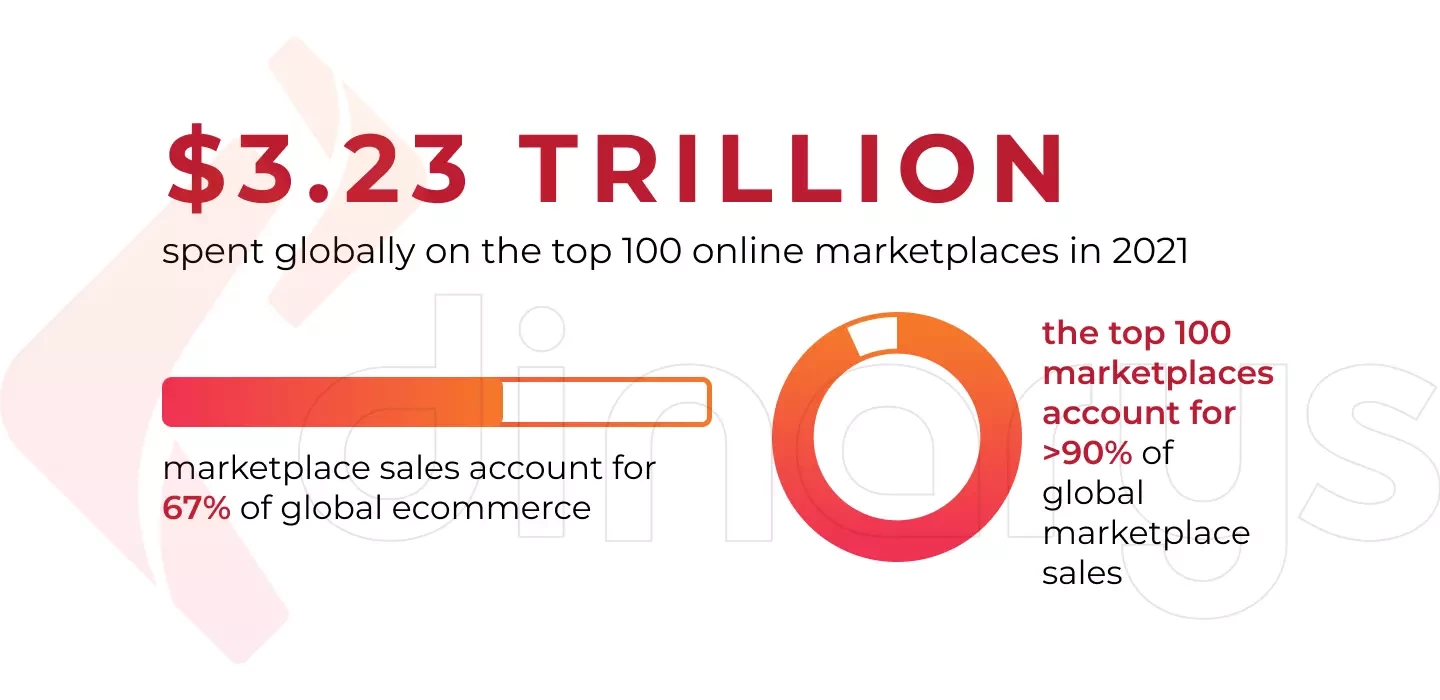
Recently, Onport, a marketplace automation platform, was acquired by Farfetch, the leading global platform for the luxury fashion industry. Our CEO, Jane Vyshnova, spoke with the Chief Operations Officer at Onport, Francisco Campos, to learn more about its product, solutions for the upcoming challenges in e-commerce, and which tools help the Farfetch Group address these issues.

The Onport product is designed to deliver innovative customer experiences and alleviate the stress points of businesses adhering to the marketplace model. Recently, your company was acquired by Farfetch, a luxury fashion retail platform. To begin, could you please tell us more about Onport’s current mission and functions?
At Onport, we build marketplace back-office technology as a service. We have a customer base of more than 200 customers, which run on top of our back-office solutions, as well as on some front-end solutions, such as Shopify, BigCommerce, Magento, CommerceTools, and Elastic Path. We target customers across the full spectrum of front-end e-commerce solutions. Some small businesses launch their solutions on Shopify, and bigger businesses seeking customizations base their experiences on platforms like Magento, CommerceTools, and Elastic Path.

While these platforms focus on the front-end aspects of e-commerce marketplaces, such as customer experience, we focus on the back end and orchestrate orders, catalogs, and logistics for marketplaces, which entails having relationships with a large number of vendors. The marketplaces we serve to run up to hundreds of vendors on their platforms. Our mission is to ascertain commercial and technological relationships between these vendors, letting marketplace vendors import product catalogs and synchronize orders with them so they can proceed with order fulfillment, providing customers with tracking information tools to let them know when they will receive their orders.
This is a huge operational support for big enterprise players, isn’t it?
Yes, in our customer base, we still have a few players basing their businesses on Shopify. But as we have been developing and our technology has matured, we have begun to serve larger players - for example, former wholesale buyers who are currently transforming their businesses into a marketplace model - since it requires smaller investments and fewer risks. Particularly during the pandemic, when everything was literally held down, marketplace models really thrived in contrast to the traditional wholesale model.
Onport is a company that performs a huge number of operations for big players. How do you efficiently orchestrate the operations? Please also tell us more about your career path as an operations officer.
Since we offer a product, a technology solution, everything we are working on is aimed toward adding value to our customers. To deliver this value, we built an operation team. As for me, I’ve always been into operations, and I’ve always worked closely with the marketplace model. I oversee all of the customer-facing teams - sales, success, and support, as well as marketing and partnerships - so I have the opportunity to impact the entire customer life cycle, from product discovery to how they see value on our platform, through to their onboarding and being supported by our customer success team.

In fact, I started my career at Farfetch, so it’s not my first time with this company. I would say it’s my “second life” with Farfetch. I started on their platform solution operations team. Everyone knows Farfetch as a consumer marketplace and, generally, it’s their main business unit. But Farfetch also has a business unit that serves the market with the technology and services that it has built.
Farfetch has built a fantastic front-end customer experience. It also provides excellent customer service, production, and photography services for the luxury market, as well as the Farfetch platform business unit that serves luxury brands and luxury retailers with all technology. I was part of this business unit operations team, and I had the chance to learn a lot about e-commerce, marketplace technology, and all of the services involved (logistics, customer service, order fulfillment, etc.) Farfetch has a huge engineering and product team, continuing to evolve the maturity of its customer experience. I was excited about that time because I understood the big role technology plays in marketplace development.
You have come a long way to begin serving enterprise-level customers. Did your experience at Farfetch and the knowledge you’ve gained during your work on this company help you streamline your path?
I absolutely like to think so. With Farfetch, I learned a lot about customer demands since luxury is a very demanding industry. Marketplaces need to be really picky about everything and to make sure their experiences are 100% right for their customers. This experience made me understand enterprise clients' ambitions and the level of service they should be treated with. Farfetch was already serving those customers at that time. Now, we also work with leading luxury brands, and we have also been building our own way to manage the support for similar customers.
You mentioned the pandemic earlier. Normally, crises change strong players for the better. Could you please tell us more about the insights you’ve gained during the COVID-19 pandemic? Which solutions will help enterprise customers become stronger during future crises?
Here, I would like to cite Farfetch’s experience during the pandemic as an example. I was not involved with Farfetch during the pandemic, but they really managed to pull through the crisis because of Farfetch’s distributed supply chain. The company has a network of over a thousand boutiques and retailers. Some of these boutiques were forced close to the public, but they were still able to make supplies and share e-commerce orders.
Although at times, some boutiques and warehouses had to be closed because of COVID-19 outbreaks in their facilities, it was a small percentage, so Farfetch was still operating. This contrasts with the strongest Farfetch competitor, Net-a-Porter, which had to shut down its operations for over a month, likely because there were outbreaks in its warehouses. Instead of having a distributed supply chain, Net-a-Porter had only a few warehouses from which they fulfilled all orders. Obviously, this approach comes with benefits as well, but definitely not in times of crisis.
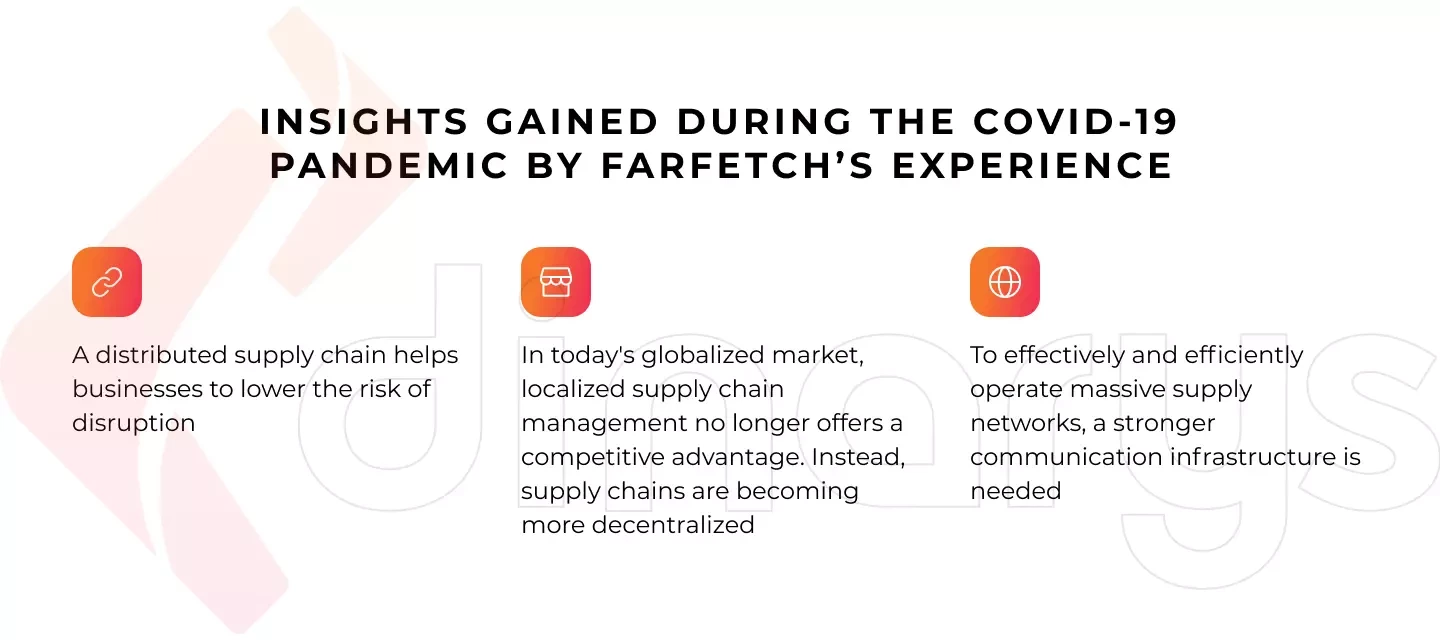
For this reason, Net-a-Porter was closed for a considerable length of time during the pandemic, while Farfetch was able to thrive and serve its customers, most likely also taking over some Net-a-Porter customers who still wanted to buy online. The distributed supply chain approach is something that will prevail not only over pandemics but also other events that may impact the world.
*A distributed supply chain helps businesses to lower the risk of disruption. The goal of this supply chain process is to improve inventory turns and deliver the right items into the right hands at the right time while upholding the required levels of service and quality.
For this reason, in today's globalized market, localized supply chain management no longer offers a competitive advantage. Instead, supply chains are becoming more decentralized. This decentralized method encourages businesses to develop an ever-increasing level of global supplier cooperation and prevents situations where “all eggs are put in one basket.” To effectively and efficiently operate these massive supply networks, a stronger communication infrastructure is needed.
Our team is from Ukraine. Speaking about other events that might impact the world, I see that the war is gradually influencing Europe in terms of supply chains and logistics. Now, there is a higher risk of a broken supply chain, more complex logistics, and more costly orders. Farfetch specializes in luxury brands. How can the supply chain cost increases during crises, particularly during the war, be prevented?
One of the ways to prosper during crises is by leveraging multiple carrier relationships rather than depending on a single carrier. Each carrier will have its strengths in its different markets and will play to those strengths in times of uncertainty. Also, businesses need to leverage local suppliers and keep supply closer to their customers.
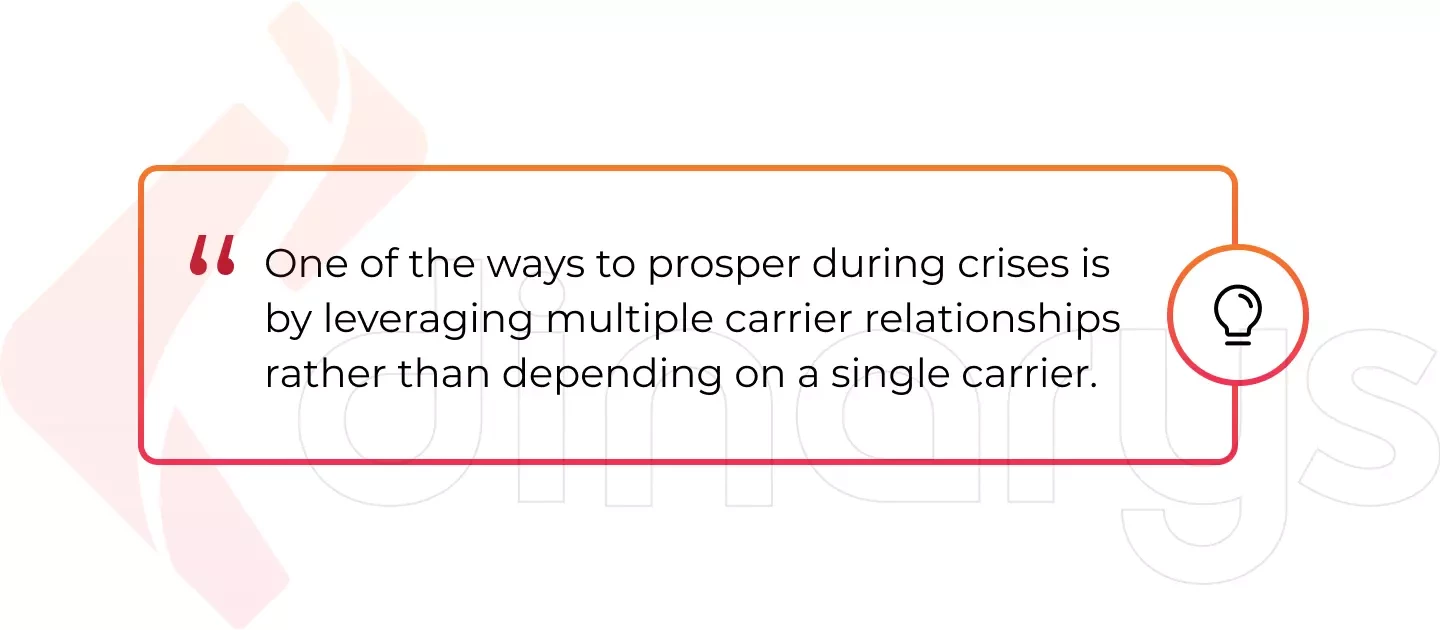
Farfetch has been investing on its network of warehouses so that it can keep supply closer to its customers. This reduces transit costs and taxes and ultimately delivers a cheaper and better experience to customers. There are a number of ways in which supply chains can evolve to meet profitability concerns, but it’s also crucial to improve customer experience because that’s what makes customers come back, again and again, to buy from Farfetch or to buy from anywhere else.
Thus, I suppose that supply chain automation can significantly contribute to the decrease in logistics cost as well. Onport is also aimed at addressing this issue.
Obviously, what every e-commerce business needs to be looking for to stay afloat during disruptions and decrease supply chain costs is automation.
On the one hand, we need to leverage multiple carrier relationships, but if you implement this manually, it may negatively affect the cost of order fulfillment. You need teams to be able to manage those contracts, invoices, as well as the relationships with all the carriers. This is where automation comes into play, which is what we deliver as value to our clients.
*To overcome potential risks and survive in the market during uncertain times, it’s crucial to think about automation in advance, particularly logistics automation. According to existing research, the global logistics automation market has the highest compound annual growth rate (CAGR) of any supply chain market, at a predicted rate of 12.4%. As of 2020, the global logistics automation market size was $50.9 billion. However, this size is expected to experience a CAGR of 12.4%, meaning it may grow to $82.3 billion by 2026.
According to other research in the field, 62% of companies still have limited visibility into their supply chains, while 15% only have visibility into production. Logistics automation could be highly beneficial to e-commerce businesses because it gives them a competitive advantage over competitors who have not yet automated their supply chain activities.
Thank you for this conclusion, Francisco. Are there any other areas of improvement big players should consider to survive and flourish in the market?
In my opinion, whatever happens, businesses are being pressured to find profitability, and this goal is one of the key drivers for growth. To be able to drive profitability, obviously, automation is key. But I always like to think about businesses from a customer perspective as well.
Customers will ultimately buy great products through great experiences, right? One of the main aspects of profitability is being able to acquire more customers with less costs. This acquisition includes a combination of effective marketing performance, great organic reach, powerful branding, and finally customer conversion. High conversion rates lead to lower acquisition costs. And higher conversion rates are ultimately comprised of two things -great customer experience and high quality products Customer experience is simply a way to showcase a product, facilitate discovery of the product, and encourage consumers to buy that product.
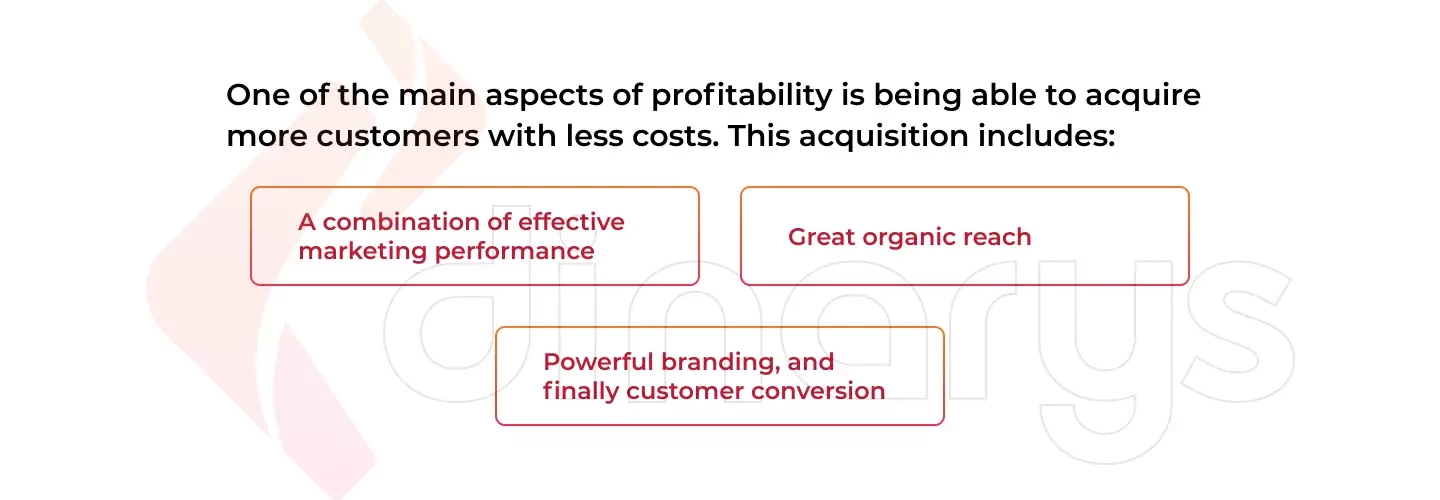
Certainly, businesses should focus on their performance marketing and customer experience, but great products are of the highest importance. There are some examples of companies that don’t make the quality of their product a top priority. Without a great product, they can still invest in acquisitions. And although their conversion rates are not that high, they still make some money. Thus, they think they have something, but actually, they don’t. The product is not that great, which is why the conversion rate is not so great, even if the experience is fantastic.
The product market fit is applicable not only to SaaS businesses but also to any e-commerce business. So, a great brand and product is what customers ultimately buy. Focus on that first, and then focus on the acquisition and conversion rate on your website. Once you have all of those working together, you are on the right track to building a profitable business. Then you can focus on optimizing logistics, payments, and optimizing what I would call the end tail of your operations to be able to drive those margins up. But, once again, focus on the core first, which is the product.
*Your conversion rate can be defined as the percentage of users or visitors that eventually complete a purchase. Studies have shown that the average conversion rate across all industries is 2.25%. However, most businesses are not after the “average”. Twenty-five percent of the best companies convert at or above 5.31%. Your desired conversion rate, however, should be more than 10% if you want to be among the top 10%.
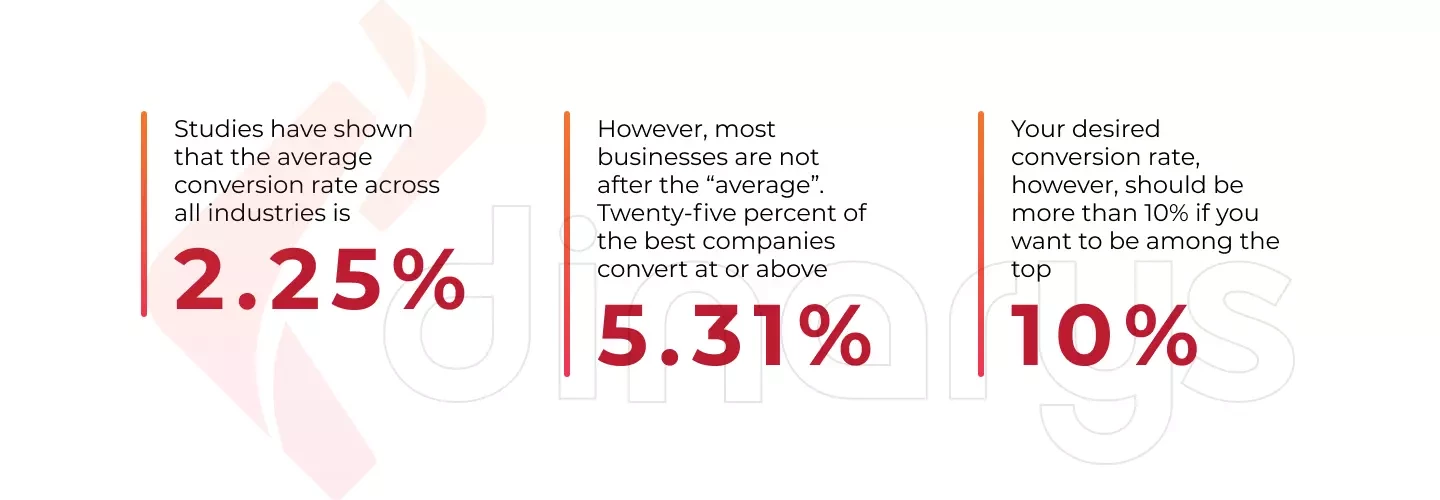
Customer lifetime value (CLV) is also essential for retailers. CLV is an important metric to monitor as part of a customer experience program. CLV is a measure of how valuable a customer is to a company—not only on a purchase-by-purchase basis but over the course of the entire relationship.
Digital marketers frequently ask whether customer retention or customer acquisition is more cost-effective for businesses. This question, according to our experts, has already been answered: customer retention is more important in terms of cost efficiency. According to the research, repeat customers spend 67% more on average than new customers.
CLV is related to another important metric, customer acquisition cost (CAC). This is the money a business spends to attract a new customer, including advertising, marketing, and special offers. CLV only makes sense when the CAC is also considered.
Read further: “How to Increase Customer Lifetime Value (CLV) in E-commerce?”
Could you please share with us your future plans at Onport? How are you going to increase your presence in the market and how will you develop your product next year?
We want to build the bulk core functionality for marketplaces from the back-office perspective, but we we also appreciate the varying levels of complexity that can affect a marketplace's operations.
Each marketplace will have its particular operating model, and we need to be able to serve those nuances so our customers can achieve the business logics they want to achieve. We do that via adding new features, order integrations or catalog integrations, and shipping integrations.
Although we have these features in place, there will always be a customer who comes in with more complex needs than we can support with the current product. In such cases, we invest in our APIs to develop additional capabilities on top of our platform, since we don’t want our customers to feel constrained with what we’ve built. We want them to take what we’ve built and use it as a foundation they can build on to serve their business.
We have invested a lot in developing headless and API-first architecture so our customers, particularly sophisticated enterprise ones, can have their own internal development teams working with our product and achieving their specific needs, monitor their metrics, and optimize the vendor experience. Thus, that for us will be a big focus—developing additional tools to let our clients do that on top of our platform.
*Headless architecture is common to e-commerce systems with a decoupled front end (presentation layer) and back end (application layer). Because these two environments are independent of one another, developers and company owners have the option to make data more portable and repurpose content for a specific consumer category or sales channel. As a result, a developer can alter the front end without impacting the back end and vice versa.
Developers can connect a single back end with numerous ecosystems (front ends), including CMS, PWA, mobile apps, and IoT, by using the API-first strategy, which is typical of headless e-commerce. One e-commerce solution may then incorporate an infinite number of touchpoints, distribute content across them, maintain brand identity, and go omnichannel without any problems.
Read further: “Best Headless E-commerce Platforms”
Since we are making the transition to the path of working with enterprise customers, we feel that’s what we want and need. Our product can serve as a significant business foundation for clients seeking a solution that can bring a huge return on investment from buying rather than building with marketplace software solutions.
That presents an interesting space for opportunities. Since you have such a big portfolio of enterprise customers, one of these opportunities is partnering with service providers, right?
Actually, we actively look for opportunities to build our network of service providers—people who want to understand Onport and build on this technology. We have already engaged with a number of agencies, some of them with an e-commerce focus, Shopify focus, or marketplace focus. We need to have these relationships in order to be able to strengthen our business and better support our customers. Agencies will learn our product much faster than internal development teams and can build on top of our platform in a much more efficient way. So, we are actively looking to build our partnerships.
Nowadays, e-commerce is not about Magento, Shopware, or Shopify. It’s about services like yours because it’s about automation, headless architecture, and customer engagement. This is quite interesting in terms of network growth.
Absolutely. I would also like to add that we don’t develop the front-end technology on purpose because we don’t want to be distracted. There are players on the market building front-end experiences, and we are not going to replicate them. What we do well is back-office operations. Then, we and our customers can build their preferred front end.
We really see ourselves as a part of the modern ecosystem—we play our role, and we want to partner with teams that play their role in turn. E-commerce consulting companies, like yours, in their turn, serve as an excellent intermediary in bringing all of this together.
It was very useful to understand the main challenges luxury brands may currently face and the optimal solutions to these challenges. It was an honor to learn more about the Onport product firsthand. I gained many insights from our interview. Thank you for that! We wish your company continued success in building an efficient service provider network and continued prosperity!
Lassen Sie Profis Ihre Herausforderung meistern
Unsere zertifizierten Spezialisten finden die optimale Lösung für Ihr Unternehmen.
Related articles
-

Interwiew with Torsten Latussek About His Career Path, the Idea of Creating a Product for Generating Coupons and Discounts.
Interview
-
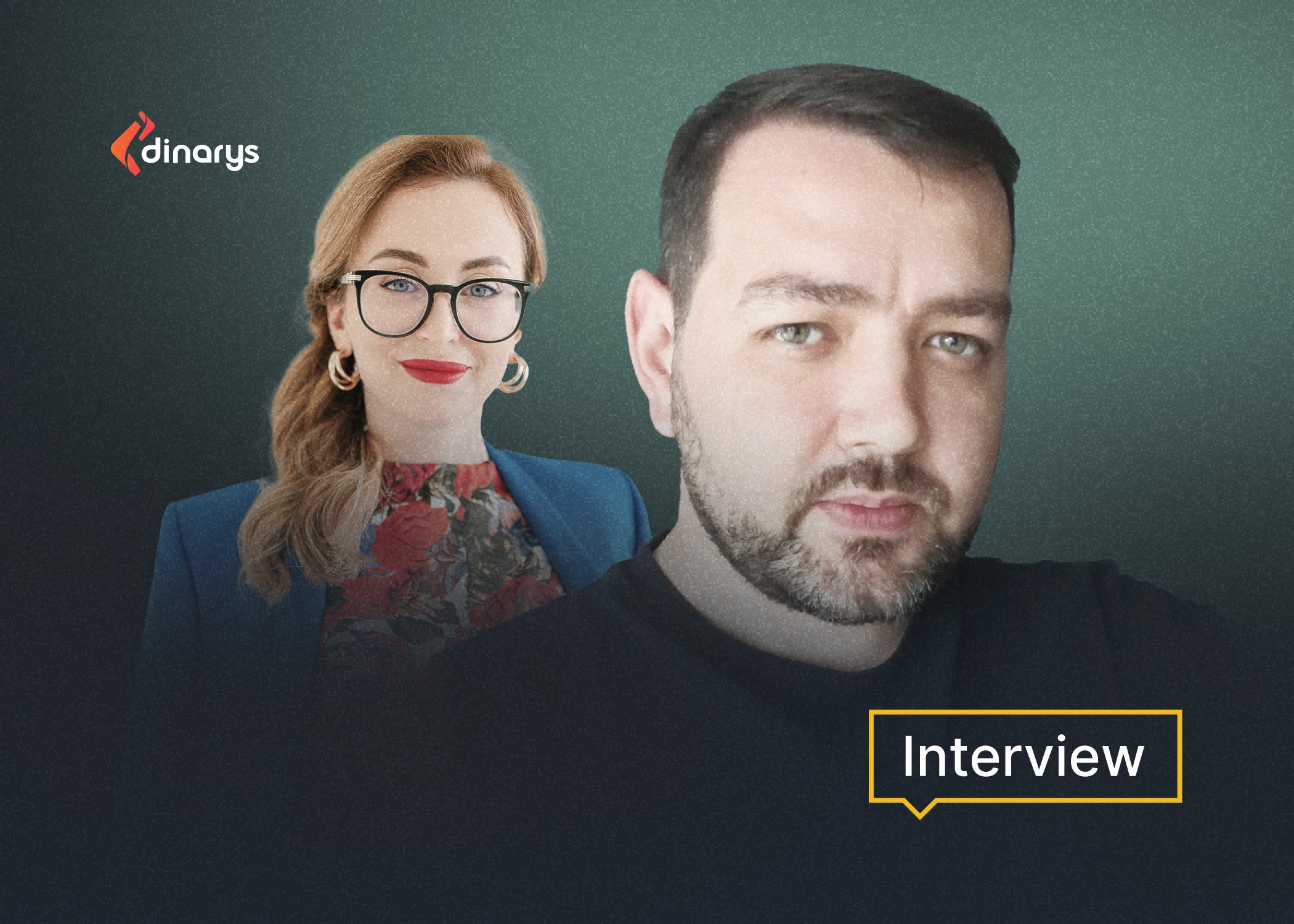
Interview with Evgenii Kuralov: Which Metrics to Use in E-commerce and How Product Card Content Affects Sales
Interview
-

Interview with Anthony Chow, Newegg Commerce About Bringing Value and Technology Together
Interview
